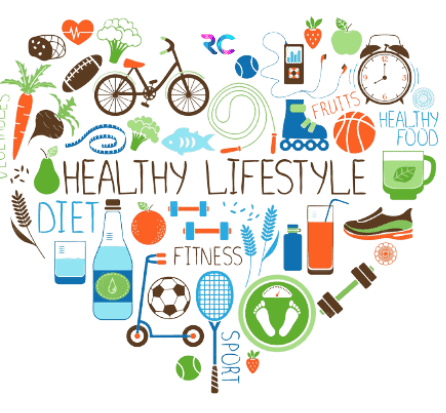
Exploring Carbohydrate Digestion, Absorption, and Utilization in the Human Body
Carbohydrates, as a fundamental source of energy, undergo a remarkable journey within the human body. From the moment they are ingested to the moment they are transformed into cellular fuel, the process of carbohydrate digestion, absorption, and utilization is a complex and tightly regulated sequence of events. In this comprehensive article, we will delve into the intricacies of how carbohydrates are broken down, absorbed, and ultimately contribute to the body’s energy requirements.
1. Carbohydrate Digestion: Breaking Down Complex Structures
Carbohydrate digestion begins in the mouth as you chew food. Salivary amylase, an enzyme secreted by the salivary glands, initiates the breakdown of complex carbohydrates, such as starch, into smaller units called maltose. This initial step prepares the food for further digestion in the stomach.
Once in the stomach, the acidic environment slows down carbohydrate digestion, but it doesn’t stop entirely. However, the bulk of carbohydrate digestion takes place in the small intestine. Here, the pancreas releases pancreatic amylase, which continues to break down starch into maltose and other smaller carbohydrates.
2. Carbohydrate Absorption: Crossing Cellular Barriers
As carbohydrates are broken down into simpler sugars like glucose, fructose, and galactose, they are ready for absorption. The absorption process primarily occurs in the small intestine, where the inner lining is covered with tiny finger-like projections called villi and microvilli. These structures significantly increase the surface area available for nutrient absorption.
Glucose and galactose are absorbed through active transport mechanisms that require energy. This means that the body needs to expend energy to move these sugars against their concentration gradients. Fructose, on the other hand, is absorbed through facilitated diffusion, a process that doesn’t require energy.
3. Carbohydrate Utilization: From Sugars to Cellular Energy
Once absorbed into the bloodstream, glucose is transported to cells throughout the body, and its journey takes different routes depending on immediate energy needs:
A. Immediate Cellular Energy (Glycolysis):
In cells where energy is needed quickly, glucose is directed to the process of glycolysis. This anaerobic pathway occurs in the cell’s cytoplasm and converts glucose into pyruvate while generating a small amount of ATP (adenosine triphosphate), the cell’s energy currency. This rapid energy production is especially important during bursts of physical activity.
B. Mitochondrial Respiration (Aerobic Metabolism):
In the presence of oxygen, pyruvate enters the mitochondria, the cell’s powerhouse, to participate in aerobic metabolism. Through a series of interconnected reactions, the citric acid cycle and the electron transport chain generate a large amount of ATP from the breakdown of glucose. This process is highly efficient and yields substantial energy for sustained activities.
C. Glycogen Storage and Release:
Excess glucose that isn’t immediately used is converted into glycogen and stored primarily in the liver and muscles. When the body requires a quick energy boost, glycogen is broken down into glucose through glycogenolysis, ensuring a readily available source of fuel.
D. Supporting Brain Function:
The brain relies heavily on glucose as an energy source. Even during periods of fasting or low carbohydrate intake, the body maintains stable blood glucose levels to ensure that the brain can function optimally.
Conclusion
Carbohydrate digestion, absorption, and utilization are intricate processes that showcase the body’s remarkable adaptability to varying energy demands. From the initial breakdown of complex carbohydrates to the final transformation of glucose into cellular energy, each step is meticulously controlled to ensure optimal energy production and maintenance of bodily functions. Understanding these processes sheds light on the importance of consuming carbohydrates in balanced proportions to support overall health, energy levels, and well-being.



